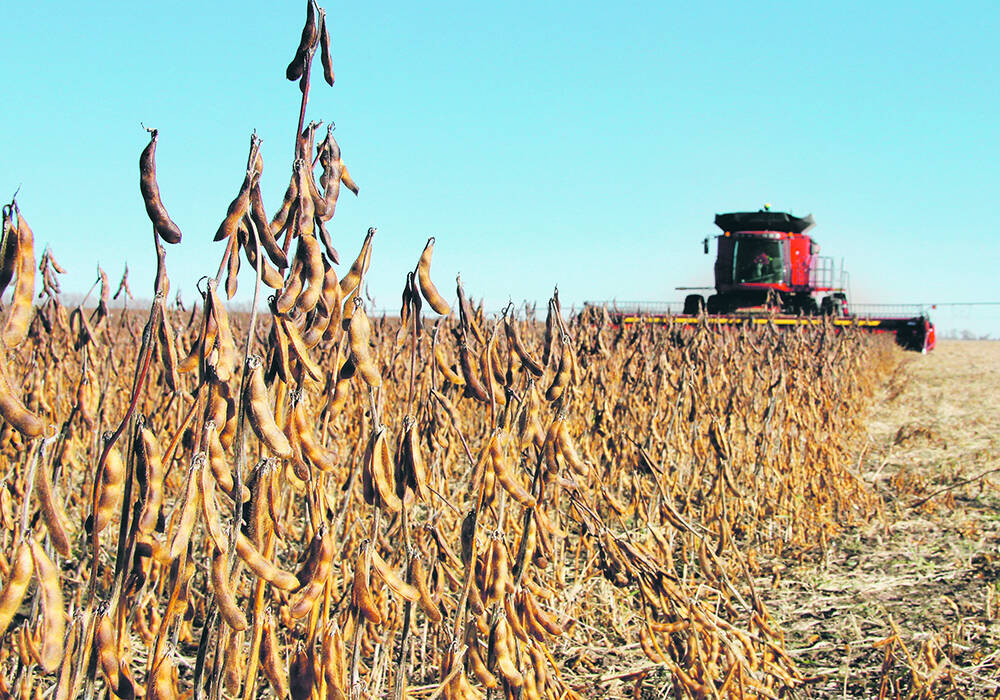Hot and dry weather over the past month did little to hurt soybean and corn production in the United States, at least according to production estimates from the U.S. Department of Agriculture, released Sept. 12.
Surprising most market participants, the agency raised its call on U.S. corn yields by half a bushel per acre, now at 183.5 bu./ac. With harvested area unchanged from the August estimate, total U.S. 2024-25 corn production was estimated at 15.186 billion bushels, potentially the second-largest corn crop on record.
U.S. corn ending stocks for 2023-24 were tighter than average trade guesses at 1.812 billion bushels, but new crop carryout is expected to top two billion bushels.
Read Also

Foggy grain market predictions for 2026
Many factors are pushing and pulling at grain markets as farmers leave 2025 behind and start considering what 2026 will bring.
Soybeans
Anticipated American soybean yields were unchanged at 53.2 bu./ac., with production expected to hit a record-high of 4.586 billion bushels. U.S. ending stocks for 2024-25 are forecast at 550 million bushels, compared with 340 million in 2023-24.
While those large crops may temper the upside potential in the long run, U.S. harvest operations are only in the early stages. The need to keep some nearby weather premiums in the market has helped support soybean and corn futures for the time being.
Futures
The November soybean contract is hovering just above US$10 per bushel. December corn briefly dipped below $4 per bushel on the USDA’s production data, but quickly recovered to trade well above that level.
The department left its domestic wheat production numbers unchanged, but did slightly raise its world ending stocks forecast for 2024-25.
However, all three U.S. wheat markets were trending higher in early September, hitting their best price levels since July. Declining production estimates out of Europe and Russia, along with uncertainty over how much wheat will be available for export from the Black Sea region, contributed to the gains.
Support in the Minneapolis December spring wheat contract can be seen at around $6.10 per bushel, with values trending toward the next resistance at $6.50 per bushel. Chicago soft wheat moved within a few cents of psychological resistance at $6 per bushel during the week, with a break above that level likely setting the stage for additional gains.















